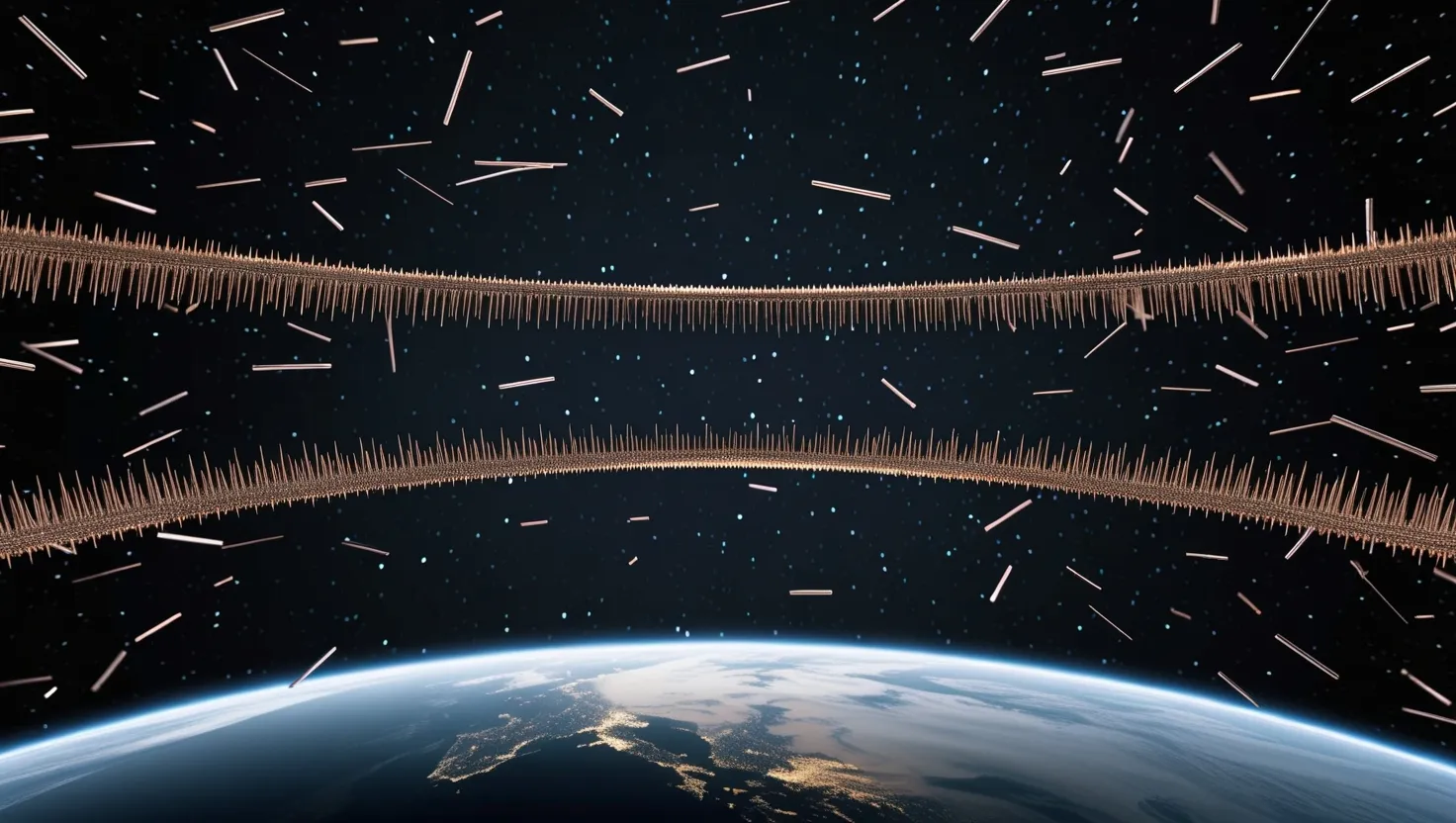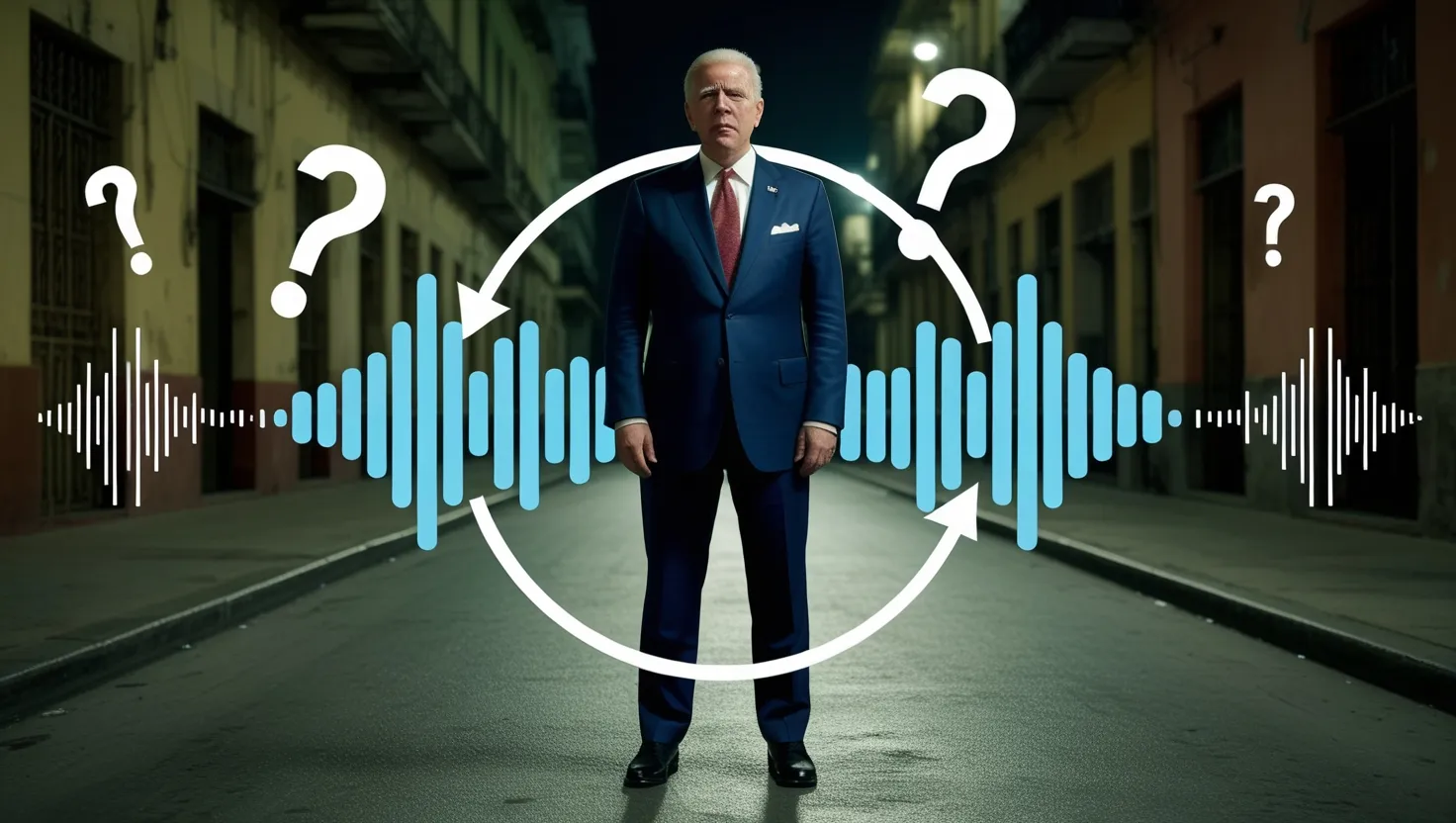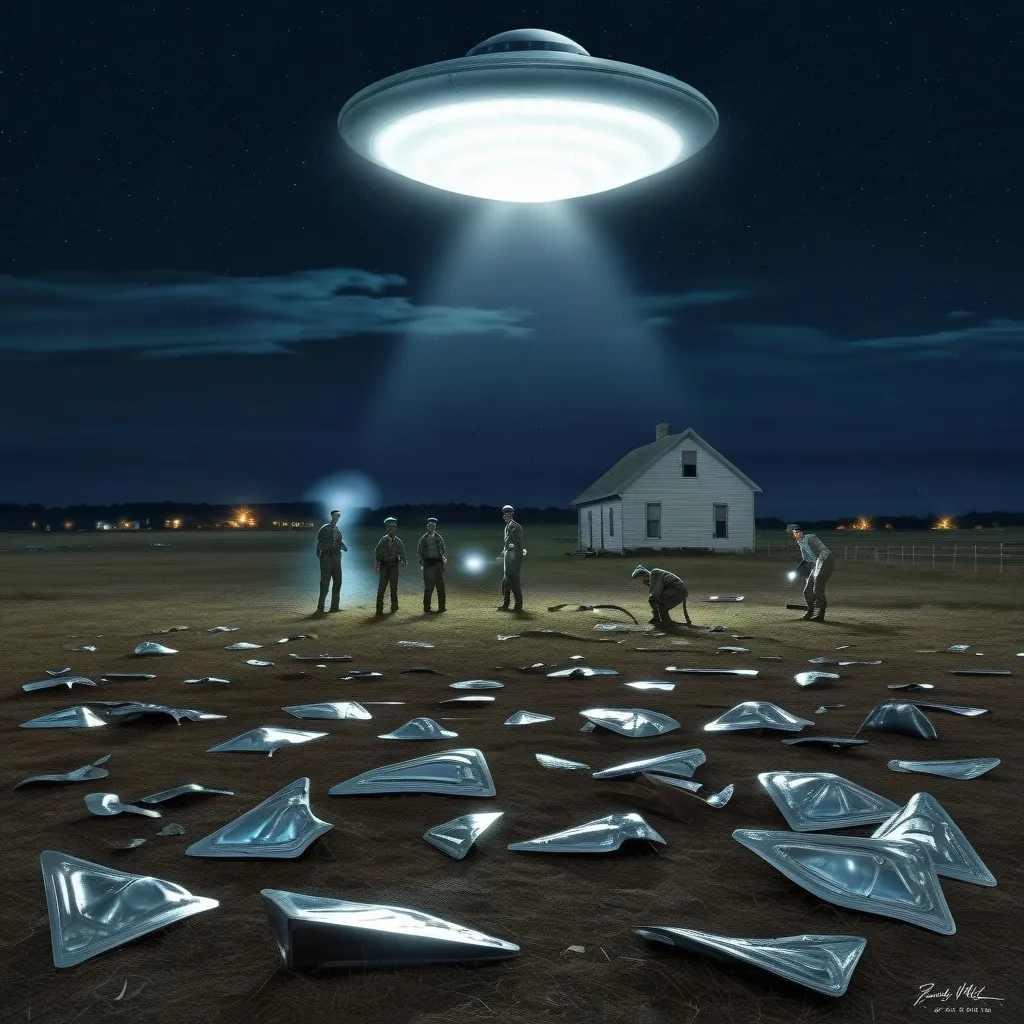Picture yourself standing beneath the clear night sky, tracing the movement of satellites as they scuttle overhead. It’s easy to imagine the vast emptiness of space as an orderly, predictable place. But what if, hidden among the silent debris, there were artifacts with an agenda—leftovers from a Cold War gambit that never really ended?
This was the case with Project West Ford, a name few remember and fewer understand. In the early 1960s, as the world teetered on the brink of nuclear disaster, the U.S. military and MIT Lincoln Laboratory devised a bold contingency plan. They wanted to scatter millions of tiny copper needles into orbit, effectively creating a global belt to bounce radio waves across continents should the ionosphere—a natural shield making long-distance radio possible—be destroyed by nuclear war. On paper, West Ford was a communications safety net, a backup plan for Armageddon.
But what do we really know about those copper needles, and what stories are still circling the planet with them?
Let’s pause to ask: How often do ostensibly failed experiments become something else—something secret, drawn back into the shade at the edge of public knowledge?
Project West Ford was ambitious, even audacious. The needles themselves, each no longer than a staple, were engineered to act as individual antennas, reflecting radio signals with ruthless efficiency. Their deployment sparked international protests. Astronomers decried the space litter, fearing interference with celestial observation. Environmentalists saw it as reckless, an artificial ring of metal encasing the planet. By 1963, officials declared the project over, claiming the needles had dispersed harmlessly and that the idea had fizzled.
But here’s the twist: The legacy of West Ford didn’t end with a bored press release or a few angry headlines. Instead, evidence began surfacing years later—evidence suggesting the story wasn’t so simple after all.
What if I told you that orbital debris tracking systems, some of the most precise instruments ever built, have detected dense clusters of small objects behaving unlike anything else in the sky? The clusters defy the expected decay rate. They don’t drift apart randomly; they move with strange coherence, as though their dispersal was never left to chance. Their radar signatures are oddly uniform. At the same time, certain secure satellite communication bands experience brief, pinpoint disruptions right when these clusters pass overhead.
This isn’t idle speculation. Satellite operators have filed anomalies in their logs. Astronomers have scratched their heads, wondering why some “space junk” seems preternaturally persistent. When spectroscopes catch the glint of sunlight off one of these clusters, the reflected spectrum doesn’t match pure copper. Instead, it aligns with exotic alloys—metals with qualities tailormade for specific electromagnetic effects, but alloys that weren’t supposed to exist in the West Ford era.
Now, let’s pause for a moment. Is it possible the original records were incomplete, that the official inventory omitted essential details about composition and deployment?
Rather than dismiss these findings, some independent researchers have gone further, analyzing leaked satellite telemetry data. Their claim: these clusters occasionally emit faint, structured electromagnetic pulses, perfectly tuned to interfere with modern encrypted signals. Not noise. Not random. But a kind of ghostly “ping” that matches the theoretical resonance patterns for stealthy, passive jammers or signal obfuscators.
As Winston Churchill once said,
“History is written by the victors.”
But what about the projects that were never meant for public history in the first place?
The more I study Project West Ford, the more it appears to be a classic Cold War shell game. On the surface, you have a failed communications experiment. Beneath, there could be a legacy project—one that pivoted from its declared goal and became something entirely new, maybe even a covert system to shape the electronic landscape of space.
Consider this: Declassified documents from the time aren’t straightforward technical manuals. Instead, they’re laced with redactions, odd references to “secondary payloads,” and cryptic language about “material behavior studies.” Notably, some engineers who worked on the program have offered contradictory accounts. Some stand by the official story; others hint at “variations” among needle batches and mention that not every payload matched the published specifications.
Why wouldn’t a military laboratory, working at the height of Cold War paranoia, hedge its bets? If you could place a nearly invisible net of passive reflectors—or even basic signal disruptors—into orbit, you might create blind spots or jammers that only those with the right key could counteract.
Have you ever wondered how much of what we call “space junk” is really junk, or if some of it’s serving a hidden purpose?
The anomalies don’t end there. Clusters of West Ford needles, or whatever now travels in their place, appear to resist ordinary physics. Over decades, atmospheric drag and solar radiation should scatter and dissolve these formations. Yet some seem to hold station year after year, almost as though they’re stabilized by some unseen mechanism. Could advanced alloys or a subtle electromagnetic process be at play, something passive that was years ahead of its time?
Arthur C. Clarke once mused,
“Any sufficiently advanced technology is indistinguishable from magic.”
Looking at these persistent clusters, it’s tempting to see a kind of pragmatic magic—a science just beyond our current reach or understanding.
We typically frame Cold War innovation as a thing of the past: radiation-hardened satellites, primitive spy cameras, and blocky computers. But what if the real story is that some projects never really ended? Instead, they evolved, morphing with changing technology, becoming less about brute force and more about quiet influence—cloaked in the noise of thousands of objects orbiting Earth.
Let’s ask ourselves: Could Project West Ford be a silent actor, quietly shaping satellite communications and surveillance networks? Is it a relic, or is it a system hiding in plain sight?
This is where the conversation gets uncomfortable. As long as the official version holds, these anomalies remain mysterious but ultimately unimportant. But if you entertain the alternative—if you follow the anomalies, the conflicting testimonies, the unaccounted-for signal disruptions—you find the boundary between failed experiment and operational system is thin, and perhaps intentionally blurry.
Politics, science, and secrecy often blend at the highest levels, especially when national survival is at stake. So it’s no surprise that some projects are quietly repurposed, especially when raw materials or orbital real estate are hard to come by.
There’s something else to ponder: If the technology for passive, long-lived orbital reflectors existed in the early 1960s—or if was quietly perfected afterwards—who else might have noticed or attempted similar feats? Is it possible that a handful of countries operate their own silent, secret arrays, undetectable except by those who know precisely what to search for?
Carl Sagan once warned,
“Absence of evidence is not evidence of absence.”
With West Ford, the missing needles and the persistent clusters remind us that even failed experiments can echo for decades, shaping technology, policy, and perhaps the very infrastructure we depend on.
In the end, the story of Project West Ford isn’t about villainy or heroism. It’s about how innovation, secrecy, and paranoia intersected at a critical moment in history. The persistent, unexplained debris found in our skies today may be a testament to ingenuity—or to the lengths some agencies will go to shape outcomes from the shadows.
So the next time you gaze up at the stars, consider the possibility that there’s more out there than meets the eye—messages hidden in noise, signals camouflaged as silence, history’s ghosts quietly circling overhead, just beyond the reach of easy explanation.
After all, do we ever really know which experiments are over and which have just changed names?
And as we continue to launch more satellites, create more debris, and wrestle with who controls the final frontier, maybe the most important question isn’t what happened to Project West Ford, but what lessons it carries for how we shape, and are shaped by, the silent machinery above us.






